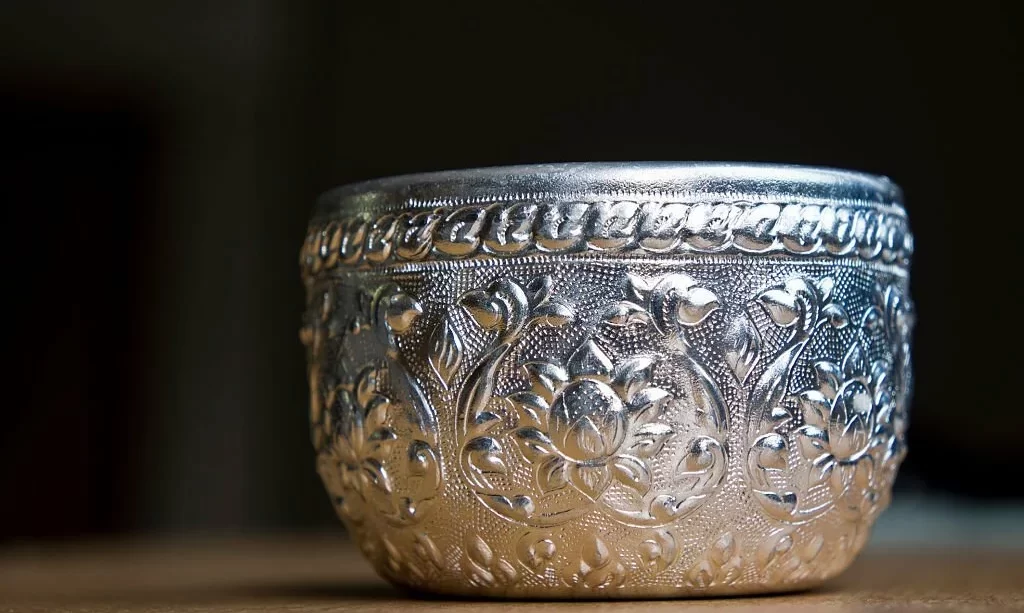The safety of the materials we use in the kitchen and food-related applications is of paramount importance. Galvanized steel, a material known for its durability and corrosion resistance, has sparked a controversy when it comes to its contact with food. This article delves into the question of whether galvanized steel is food-safe, addressing the concerns and controversies surrounding its use. Understanding the potential risks and benefits of using galvanized steel with food is crucial for making informed decisions and prioritizing food safety.
What is Galvanized Steel?
Galvanized steel is a type of steel that has undergone a unique protective process called galvanization. This process involves coating the steel with a layer of zinc, which provides several benefits, including increased resistance to corrosion and rust. Galvanized steel is widely used in various applications, such as construction, agriculture, and even in some kitchenware. The zinc coating not only enhances its durability but also gives it a distinctive appearance. It’s this coating and its potential interaction with food that has raised concerns about its safety.
The Controversy Surrounding Galvanized Steel
The use of galvanized steel in food-related contexts has sparked a significant controversy. The primary concern lies in the potential transfer of zinc from the galvanized coating to food. Zinc, while an essential mineral in small amounts, can be harmful when ingested in excess. The controversy has been fueled by:
- Health Concerns: Some health experts and regulatory bodies have expressed concerns about the potential health risks associated with zinc ingestion from galvanized steel. High levels of zinc consumption can lead to health issues, making it a subject of concern.
- Regulatory Scrutiny: Regulatory agencies have been prompted to examine the safety of using galvanized steel in food contact applications. Their findings and guidelines are essential in addressing the controversy and providing clear recommendations for food safety.
- Mixed Opinions: Opinions on the safety of galvanized steel in food contact are varied. While some argue that the risks are minimal and can be managed, others advocate for caution and avoidance.
The controversy surrounding galvanized steel’s use with food highlights the importance of understanding the potential risks and making informed choices when using this material in the kitchen. In the following sections, we will explore the pros and cons of using galvanized steel in food contact and provide guidelines for safe practices.
Galvanized Steel in Food Contact: Pros and Cons
The use of galvanized steel in food contact applications comes with a set of advantages and potential drawbacks:
Advantages:
- Corrosion Resistance: Galvanized steel is known for its remarkable resistance to corrosion and rust, making it an appealing choice for various applications, including cookware.
- Affordability: Galvanized steel is often more budget-friendly than some alternative materials, which makes it an attractive option for both consumers and businesses.
- Durability: The zinc coating enhances the overall durability and longevity of galvanized steel, ensuring it can withstand the rigors of kitchen use.
Potential Risks:
- Zinc Transfer: The primary concern with galvanized steel in food contact is the potential transfer of zinc from the coating to the food being prepared or stored. While zinc is an essential mineral in small amounts, excessive intake can lead to health issues.
- Acidic Foods: Galvanized steel is particularly susceptible to zinc transfer when it comes into contact with acidic foods. Foods with low pH levels can cause the zinc coating to deteriorate and release zinc ions.
- Wear and Tear: Over time, the galvanized coating can wear off due to cooking, cleaning, and regular use, potentially increasing the risk of zinc transfer to food.
Regulatory Guidelines
The safety of using galvanized steel in food contact is not left to chance. Regulatory agencies play a crucial role in establishing guidelines and standards to ensure that materials and cookware used with food are safe. These agencies set limits and safety thresholds for substances like zinc, which may be present in materials like galvanized steel. The guidelines established by regulatory bodies are essential in providing clarity and safety assurance for consumers and the food industry.
Factors Affecting Food Safety with Galvanized Steel
Several factors can influence the safety of using galvanized steel in food contact:
- pH Levels: The acidity or alkalinity of the foods being prepared or stored in galvanized steel can significantly impact the potential for zinc transfer. Acidic foods, such as tomatoes and citrus fruits, are more likely to cause deterioration of the zinc coating.
- Temperature: Higher temperatures can also increase the likelihood of zinc transfer. Cooking or storing hot foods in galvanized steel may accelerate the release of zinc ions.
- Duration of Contact: The longer food comes into contact with galvanized steel, the more opportunity there is for zinc transfer. Reducing the duration of contact can help minimize potential risks.
- Quality of Galvanization: The quality of the galvanization process itself can affect the safety of using galvanized steel. High-quality galvanized coatings are less likely to deteriorate and release zinc.
Understanding these factors is essential for making informed decisions regarding the use of galvanized steel in food contact applications. While there are potential risks associated with using galvanized steel with food, these risks can be managed through careful consideration and adherence to best practices. In the following sections, we will provide guidelines for safe use and explore alternative materials to ensure food safety while using galvanized steel.
Safe Uses of Galvanized Steel in the Kitchen
While the use of galvanized steel in the kitchen is a subject of debate, there are safe practices and applications that can minimize potential risks:
- Non-Acidic Foods: Opt for using galvanized steel containers or cookware with non-acidic foods like grains, dry goods, or baked items. These foods are less likely to cause the release of zinc.
- Line or Coat: If you prefer to use galvanized containers for food storage, consider lining or coating the interior with a food-safe material like silicone or a non-reactive food-grade coating. This extra layer can act as a barrier and reduce the chance of zinc transfer.
- Short-Term Use: Use galvanized steel for short-term food storage or serving, rather than long-term storage of acidic or moisture-rich foods.
- Careful Cleaning: Avoid abrasive cleaning methods that can damage the galvanized coating. Clean galvanized steel containers gently to preserve their integrity.
Alternatives to Galvanized Steel
For those who prefer to err on the side of caution, there are alternative materials that can be used in the kitchen to avoid potential risks associated with galvanized steel:
- Stainless Steel: Stainless steel is a durable and safe option for food preparation, storage, and cooking. It doesn’t have the zinc coating found in galvanized steel.
- Glass and Ceramic: Glass and ceramic containers are inert and do not react with acidic or alkaline foods, making them a reliable choice for food storage and serving.
- Food-Grade Plastics: Food-grade plastic containers are designed to be safe for contact with food. Ensure that they are labeled as such and follow manufacturer guidelines.
Conclusion
In conclusion, the use of galvanized steel in the kitchen and for food-related purposes can be a subject of controversy due to concerns about potential zinc transfer. While galvanized steel offers several advantages, including affordability and durability, it’s crucial to understand the factors that influence food safety when using this material. By considering the acidity of foods, temperature, and duration of contact, as well as adhering to safe practices like coating or lining, you can reduce the potential risks associated with galvanized steel.
For those who prefer to exercise caution, there are alternative materials like stainless steel, glass, ceramic, and food-grade plastics that provide peace of mind in terms of food safety. The choice of cookware and food storage containers should prioritize safety and align with individual preferences and comfort levels. Ultimately, being well-informed about the pros, cons, and best practices for using galvanized steel with food ensures that you can enjoy your culinary endeavors while prioritizing the safety of what you consume.



